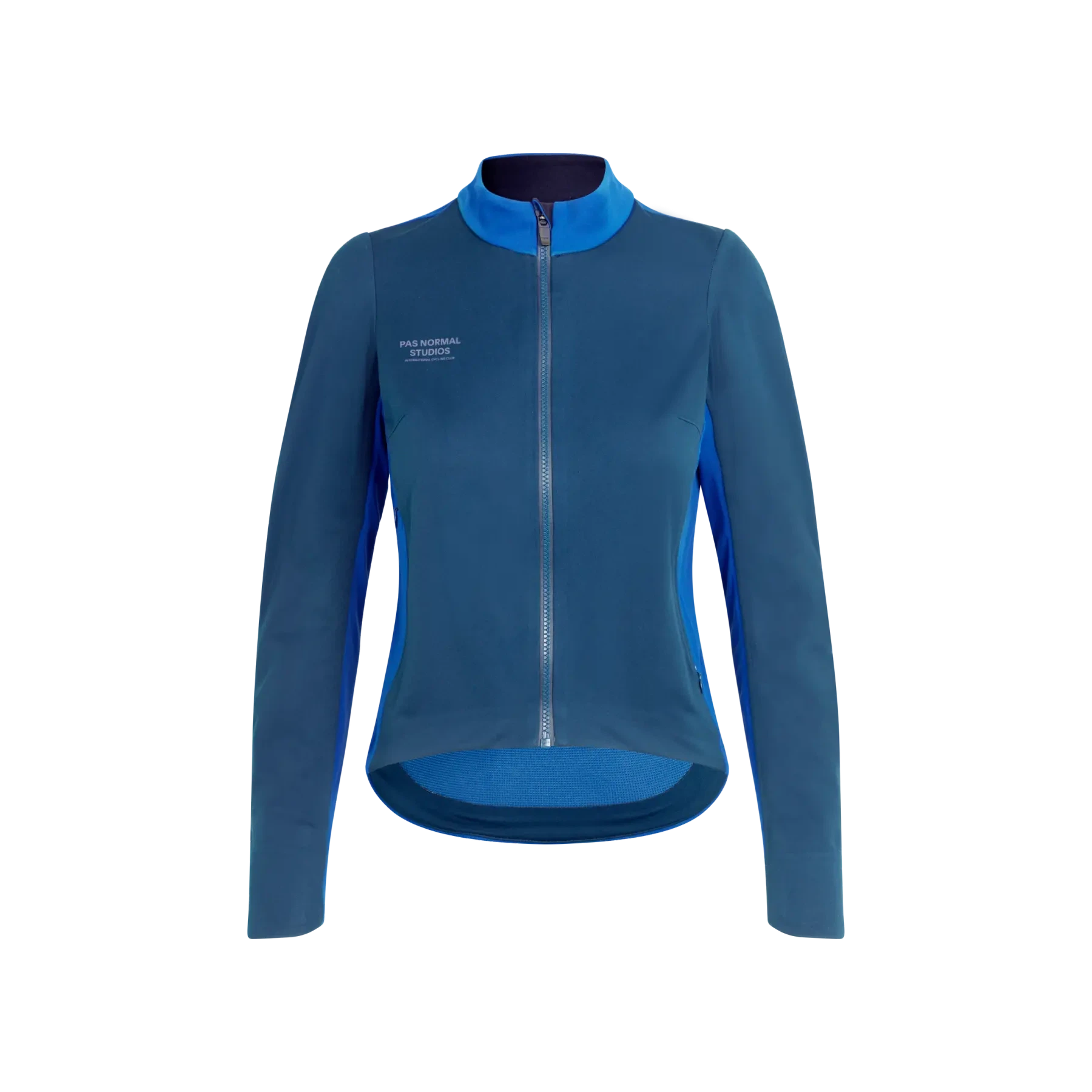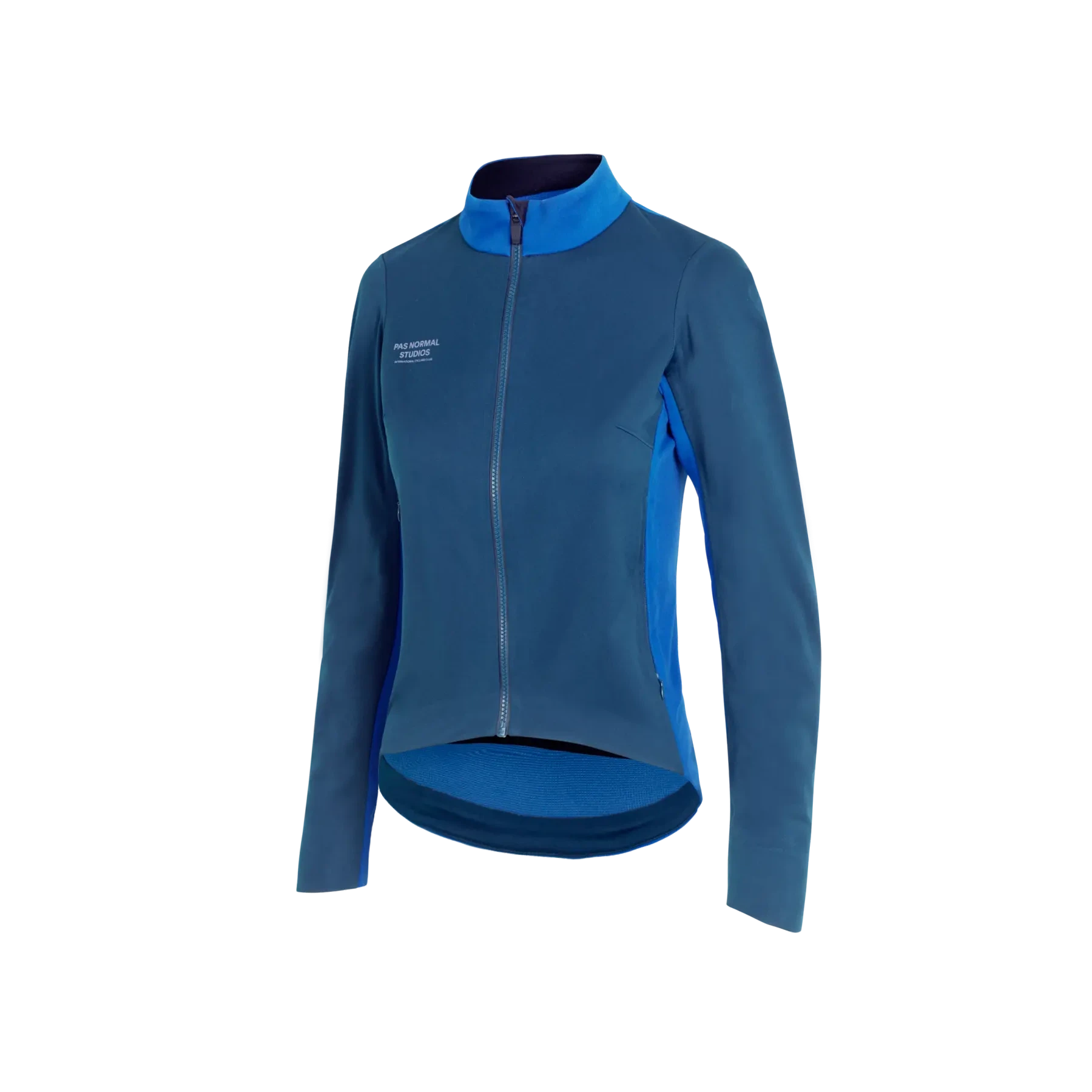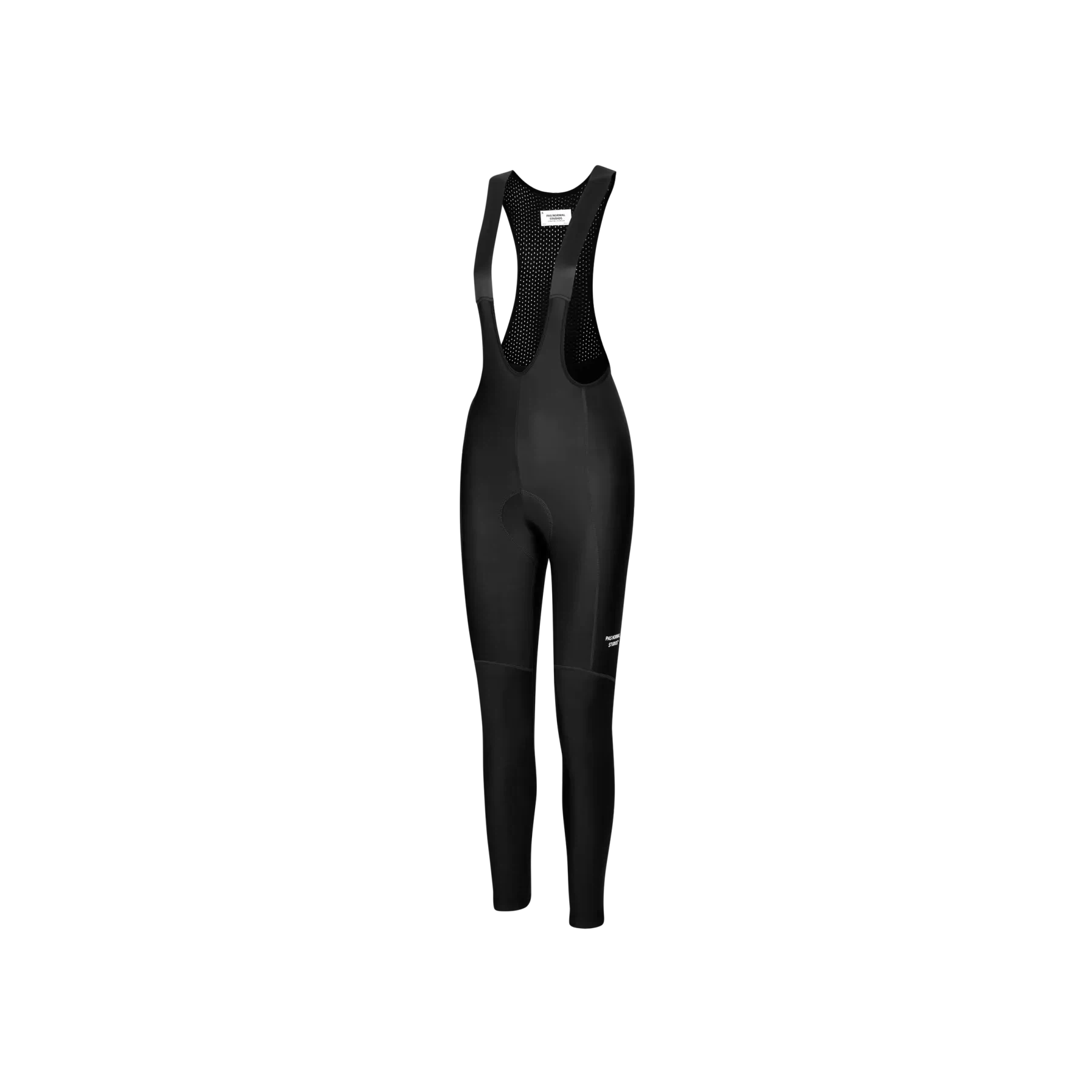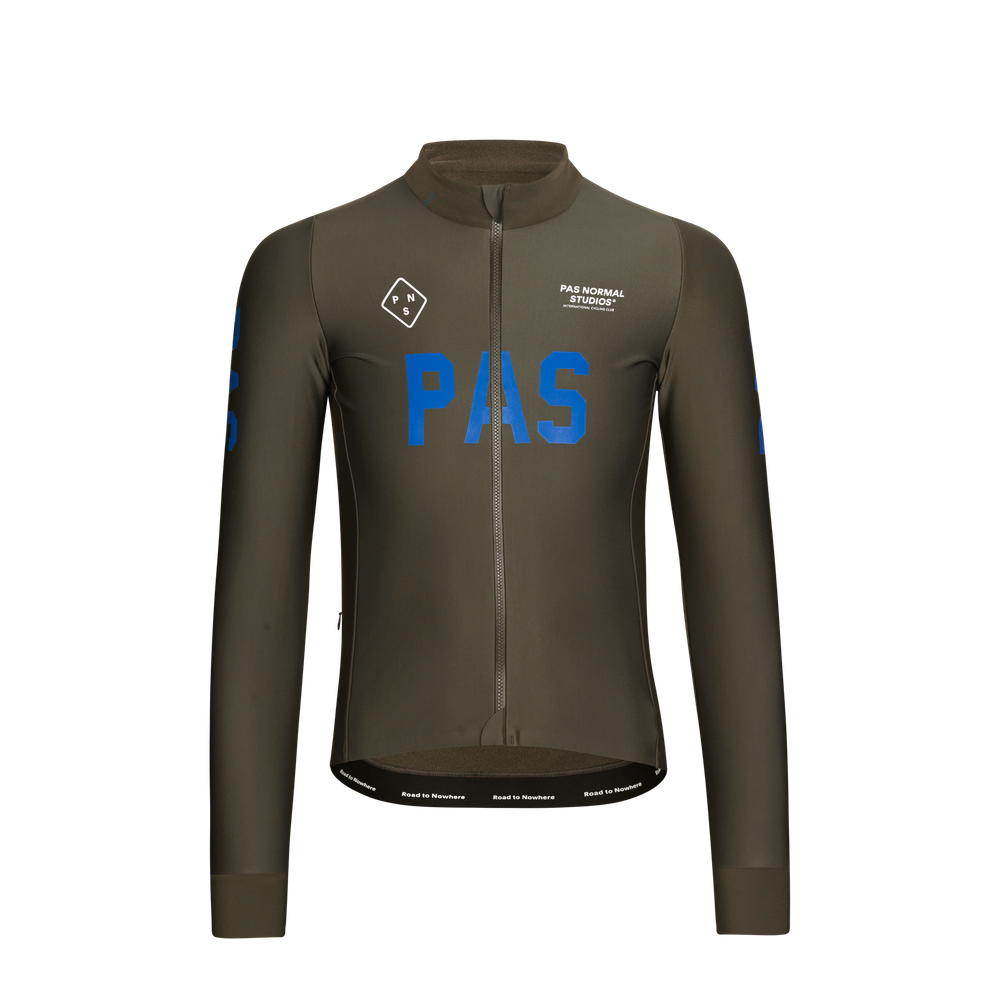
With fashion and cycling going hand and hand more than ever, it’s no surprise that helmets are seen as “cool” and the perfect way to complete your favorite summer kit. Not only does a helmet make the rider more aero, these days they are more protective than ever. Over the past few seasons the cycling industry has been seeing the Multi-directional Impact Protection System or more commonly known as “MIPS” integrated within cycling helmets. What does this mean? Is it a new model? Is it a new type of helmet? We are going over what “MIPS” is and how it can impact your ride in a positive way.
MIPS was engineered in 1996 in Sweden, the end goal was to create a protective layer that can be implemented into any helmet throughout its the manufacturing process. This technology would absorb and redirect any rotational movement away from the rider’s head upon impact. Making its introduction into the cycling industry with this new technology, the rider can take advantage of this protective feature without sacrificing much additional weight or discomfort. What makes MIPS technology so impressive can be determined in the end results of the testing stages. MIPS testing would apply impact to all sides of the helmet, not just straight down which was the traditional method of industry standards. This is a very smart method, reason being, when the unfortunate event occurs when a rider does stake a spill, the angle of the fall will vary from incident to incident, allowing protection from impact from any angle.
Can MIPS be implemented into my existing helmet? The most common answer would be no unfortunately as majority of helmets have the technology built within the foam molding, with intensions of not being removed. With majority of helmets having a unique shape, the MIPS is custom fit to each helmet’s unique design.
This technology does offer additional protection, yet at what setbacks? Weight? Comfort? And what some may consider, price? The MIPS will add an additional average weight of 25-45 grams depending on the make and model. From a comfort aspect, the MIPS does not feel present what so ever. Each MIPS design is custom fitted to every individual helmet make & model, this allows the helmet’s unique features be uninterrupted. Whether the helmet features maximum ventilation or lightweight, the MIPS will adapt to any helmets design. From a price point aspect, the MIPS design does come with a price increase. Depending on the make and model, the MIPS upgrade can be anywhere between an additional $40-60.
The overall impression from the MIPS system has been a positive one. From the design, technology, and integration of the protective system, there are more than a handful of reasons to consider this at your next helmet purchase. Is “MIPS” here to stay? We here at Racer Sportif would agree it’s an additional feature that is more than welcome.
Be safe & ride strong,
James Mizerski









2 comments
James, well written. I too had the misfortune to be the target of an angry motorist. I can also attest as well that the GIRO MIPS Helmet I was wearing that day spared me from far worse head trauma & injuries. I cannot say enough about spending money on a good helmet and will never ride without a MIPS Approved one at that. Enjoy the Blogs here, keep up the great work everyone at Racer Sportif.
James, Having had 1st hand experience to severe head trauma (as well as other parts of the body) due to a near fatal bike wreck during a group ride, I can say 100% I wouldn’t be writing this had I not been wearing a helmet… Despite incurring intercranial haemorrhaging, my neck and for that matter my head did not suffer post-wreck pain of any significance.. My helmet was a Giro with MIPS and I attribute MIPS with significantly reducing my head injuries… the impact was severe enough to have total amnesia of the wreck and my stay in ICU… Unfortunately, MIPS couldn’t help me with my normal forgetfulness, which I attribute to old age and dry rot….
thanx for the article James…
Leave a comment